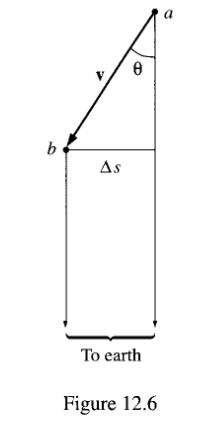The key idea here is a Metachronal Phenomenan, and a generalization of the Mexican Wave idea to a "Mexican Wave by Prior Arrangement".
The causal links between events in metachronal sequences can be indirect.
In particular two neigboring events in a metachoronal sequence with a spacelike separation (i.e. $c^2 \Delta t^2 - \Delta x^2 - \Delta y^2 - \Delta z^2 < 0$) can be causally "triggered" by antecedent events at arbitrary positions in their individual past light cones. Since the two light cones are not the same, the antecedent triggers can have timelike (i.e. $c^2 \Delta t^2 - \Delta x^2 - \Delta y^2 - \Delta z^2 > 0$), causal separation.

The above diagram shows two versions of a "Mexican Wave" metachronal wave disturbance, both propagating at the same, greater than $c_I$ speed: the set of events $a,\,b,\,c,\,\cdots$ and $\alpha,\,\beta,\,\gamma,\,\cdots$. The former is perfectly in keeping with causality, the latter, even though its speed is the same, is not. In the former case, a preprogrammer visits positions on the $x$ axis one after the other, leaving instructions with protagonists at these positions to make a wave movement with their arms at a mutually agreed time in the future. These acts of "preprogramming" are the events $A,\,B,\,C,\,\cdots$. The mutually agreed times arrange for the motions of each protagonist's body (the events $a,\,b,\,c,\,\cdots$) in very swift succession to one another, begetting a metachronal wave pattern that travels at greater than speed $c$ from our frame. However, there are no direct causal links $a\rightarrow b,\,b\rightarrow c,\,\cdots$, so when a relatively uniformly moving observer sees the sequence $\cdots,\,c,\,b,\,a$ reversed in their time order, there is no contradiction: all the causal links in the whole graph $\{A,\,B,\,C,\,\cdots\}\cup\{a,\,b,\,c,\,\cdots\}$ lie within the future light cone of the first event $A$ and still do so even after any Lorentz transformation effected by a relatively moving observer's motion.
Very like arguments show that the motion of a laser pointer spot across e.g. the surface of the Moon when the laser origin is on Earth, rotating in a plane at an angular speed of greater than about $45^\circ$ per second so that the spot sweeps across the Moon at greater than $300\,000{\rm km\,s^{-1}}$ is also in keeping with the principle of causality. Because the spot is moving at greater than $c$, it is seen to move in the opposite direction by some inertial observers, which fact is not a problem because there is no direct causal relationship between neighboring reflecting positions on the Moon, as for the events $a,\,b,\,c,\,\cdots$ in the diagram above. So, we can certainly see sequences of events (propagating "effects" or "things") in Nature travelling at greater than $c$, it's simply that such an observation rules out direct causal relationships between neighboring events in such a sequence.
However, as we have seen with the Wave by Prior Arrangement, such a sequence does not rule out a causal relationships between the causal forerunners or antecedents of such a sequence.


